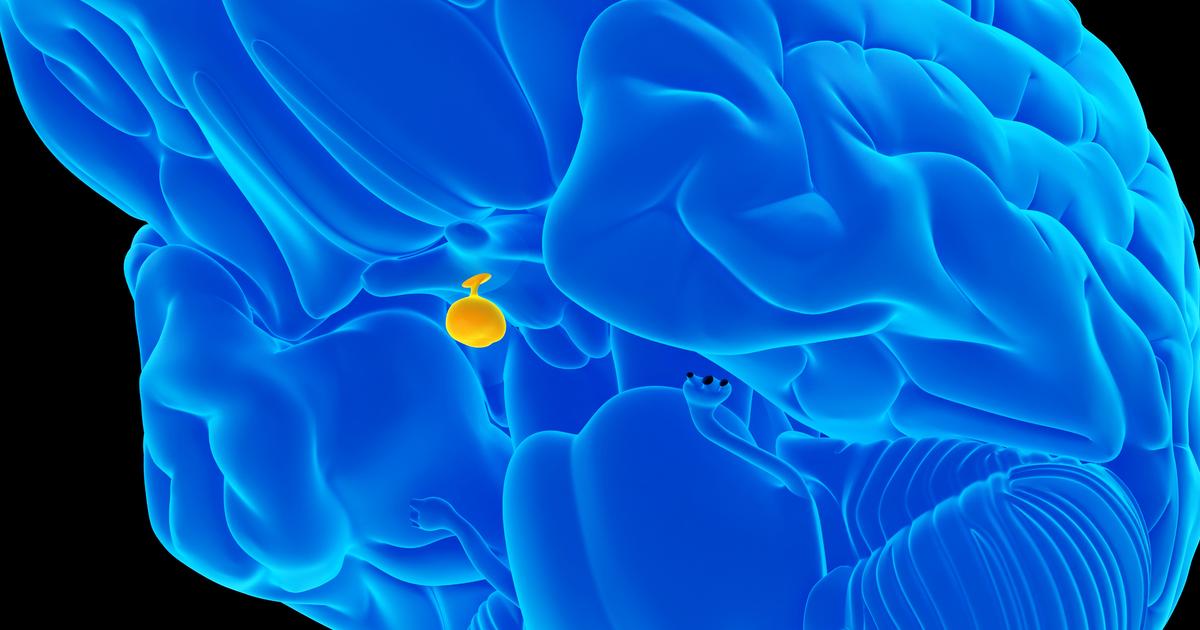Common Causes And Risk Factors Of Acromegaly
Acromegaly is a disorder involving the hormones where an individual's pituitary gland makes an excessive amount of growth hormone during their adulthood years. Patients who have acromegaly often present with enlarged feet, enlarged hands, enlarged and coarsened facial features, oily and thickened skin, excessive sweating, excessive body odor, skin tags, muscle weakness, deepened voice, snoring, impaired vision, enlarged tongue, joint pain, enlarged organs, and headaches. An acromegaly diagnosis is made with the help of blood GH and IGF-I measurement tests, growth hormone suppression test, and MRI scans. Treatment for acromegaly aims to decrease a patient's production of growth hormone and reducing the adverse effects of any tumor that may be affecting the pituitary gland and its neighboring tissues. Treatment methods include pituitary tumor excision surgery, medications, and radiation therapy.
There are several risk factors and causes of acromegaly. Get familiar with some of them now.
Too Much Growth Hormone
An individual who has too much growth hormone in their body is at a higher risk of developing acromegaly than someone who has normal amounts of growth hormone. The growth hormone in an individual's blood is a signal to their liver that tells it to produce a hormone called insulin-like growth factor-I or IGF-I. When there is an excess of growth hormone in the blood, it results in the excessive production of IGF-I. IGF-I causes the stimulation of growth in an individual's bones and other types of tissues. Excessive amounts of IGF-l can cause abnormal skeletal and soft tissue growth, which can result in the development of gigantism or acromegaly. Too much growth hormone that causes acromegaly is mostly seen in middle-aged adults. An excessive amount of growth hormone in the body due to any mechanism can have long-lasting effects that may even cause premature death. The most serious complications that occur as a result of too much growth hormone include high blood pressure, arthritis, type 2 diabetes, and an increased risk of cardiovascular disease.
Uncover the next risk factor for acromegaly now.
Pituitary Adenoma

Over ninety-five percent of all individuals who develop acromegaly have a benign tumor in their pituitary gland that secretes an excessive amount of growth hormone. The majority of pituitary adenomas are considered macro-adenomas, which are tumors larger than one centimeter. A pituitary adenoma may secrete too much of other pituitary hormones in addition to the excessive amounts of growth hormone. The amount of hormones produced depends on the size of a patient's pituitary adenoma and how quickly it grows. Most individuals who develop pituitary adenomas do not develop them due to a genetically inherited factor, but spontaneously instead. Around seventeen percent of the population is affected by a pituitary adenoma, even though most are small and do not produce symptoms. Pituitary adenomas that do end up causing acromegaly by producing a problematic quantity of growth hormone take years to develop, so a patient has the tumor long before they realize it. An MRI scan of a patient's brain can help determine the size of their pituitary adenoma, and a CT scan may be used for those who are unable to have an MRI.
Read more about what can increase an individual's risk of developing acromegaly now.
